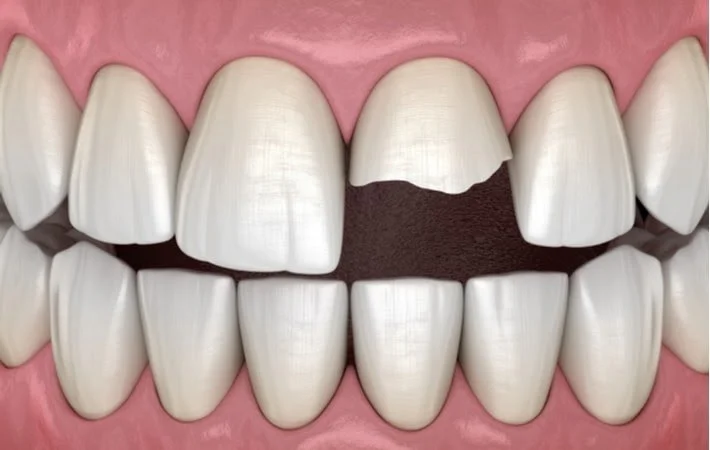A cracked tooth can happen when you least expect it—biting into something hard, getting hit in the face, or grinding your teeth at night. It might start with a sharp pain or a sudden sensitivity to hot or cold. No matter the cause, a cracked tooth should never be ignored.
In this blog, we’ll explain:
How to recognise a cracked tooth
What to do immediately
Why prompt dental treatment matters
Treatment options your dentist might recommend
How Do I Know If I’ve Cracked a Tooth?
Sometimes the crack is visible. Other times, it’s hidden beneath the surface but causes symptoms like:
Sharp pain when biting or chewing
Sensitivity to hot, cold, or sweet foods
Swelling of the gum around one tooth
Intermittent pain that comes and goes
If these symptoms sound familiar, book a dental appointment as soon as possible.
Immediate Steps to Take
If you suspect you’ve cracked a tooth, here’s what you should do:
✅ 1. Rinse Your Mouth Gently
Use warm water to rinse away any debris. Avoid using very cold or hot water if you’re feeling sensitivity.
✅ 2. Apply a Cold Compress
If there’s swelling, apply a cold pack to the outside of your cheek for 10–15 minutes at a time.
✅ 3. Take Pain Relief (If Needed)
Over-the-counter pain relievers like paracetamol or ibuprofen can help reduce discomfort. Avoid chewing on the affected side.
✅ 4. Save the Tooth Fragment (If Any Broke Off)
If a piece of the tooth broke off, keep it in a clean container with milk or saline and bring it to your dentist.
✅ 5. Call Your Dentist Immediately
Cracks can worsen quickly, especially if left untreated. Early intervention can prevent infection and save your tooth.
Why You Shouldn’t Wait
A cracked tooth may look or feel minor at first, but cracks can deepen over time. Without treatment, bacteria can enter the tooth and cause:
Infection of the pulp (nerve)
Tooth abscess
Tooth loss
Treatment Options for a Cracked Tooth
Depending on the location and severity of the crack, your dentist may recommend:
✔️ Composite Filling or Bonding
For small surface cracks or chipped edges.
✔️ Dental Crown
To protect a tooth with a deeper crack or to restore strength and function.
✔️ Root Canal
If the crack extends into the nerve and causes inflammation or infection.
✔️ Tooth Extraction
In severe cases where the crack extends below the gum line, extraction may be necessary. Your dentist will discuss tooth replacement options like implants or bridges.
Preventing Future Tooth Cracks
To protect your teeth from further injury:
Avoid chewing ice, pens, or very hard foods
Wear a custom mouthguard if you grind your teeth or play contact sports
Keep up with regular dental check-ups to catch early signs of wear or damage
Final Thoughts
Cracking a tooth can be painful and stressful, but with prompt dental care, most teeth can be saved. If you're experiencing symptoms or think you've damaged a tooth, don’t delay—contact your dentist as soon as possible.
At [Your Clinic Name], we offer same-day emergency appointments to help you manage dental pain quickly and effectively.
